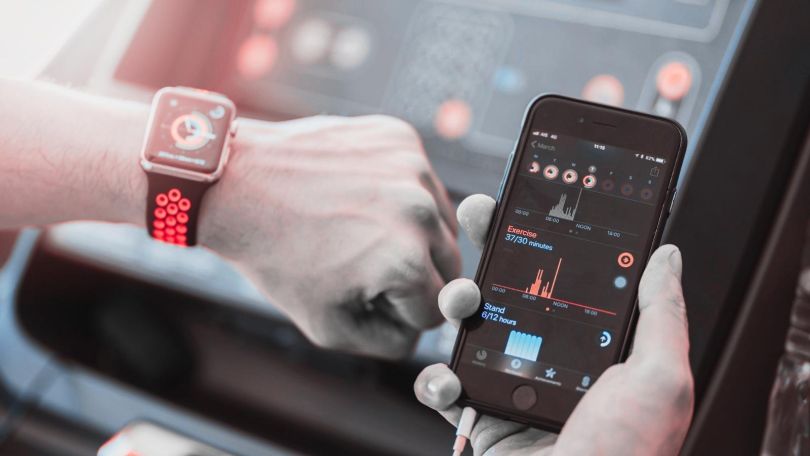In the world of wearable technology, heart rate monitoring has traditionally relied on photoplethysmography (PPG), which uses light pulses to track blood activity. However, Google scientists have recently explored an alternative technique called audioplethysmography (APG), which utilizes ultrasound to measure heart rate. The researchers achieved this breakthrough using off-the-shelf active noise-canceling (ANC) earbuds and a software update.
The process involves emitting a low-intensity ultrasound signal within the ear canal and utilizing the built-in microphone, typically used for ANC, to detect variations in the skin’s surface as blood flows through it. This method proved to be resilient and accurate, even in scenarios with imperfect ear seal, varying ear canal sizes, or darker skin tones. The latter is particularly significant because traditional wearables have faced challenges in accurately measuring heart rates for individuals with darker natural skin tones or tattoos.
While the ultrasound approach performed well even when music was playing, it did encounter challenges in noisy environments, as the APG signal can become noisy and distorted by body motion. However, Google’s researchers found a workaround by employing multiple frequencies and identifying the most precise signal among them.
During their study, the researchers tested both commercially available earbuds and purpose-built prototypes to assess the impact of microphone placement. The field study involved 153 participants, with a median error rate of 3.21 percent for heart rate and 2.70 percent for heart rate variability.
Heart rate monitoring headphones have been available for some time, but most of them use the PPG approach, which can be sensitive to excessive movement or an improper fit.
It is important to note that while this study is promising, it does not indicate that Google is planning to release headphones with this capability or update existing devices like the Pixel Buds Pro. Nonetheless, it provides insight into the company’s venture into the wearables sector. For those interested in delving into the details of Google’s study, it is available for download on Google’s website

